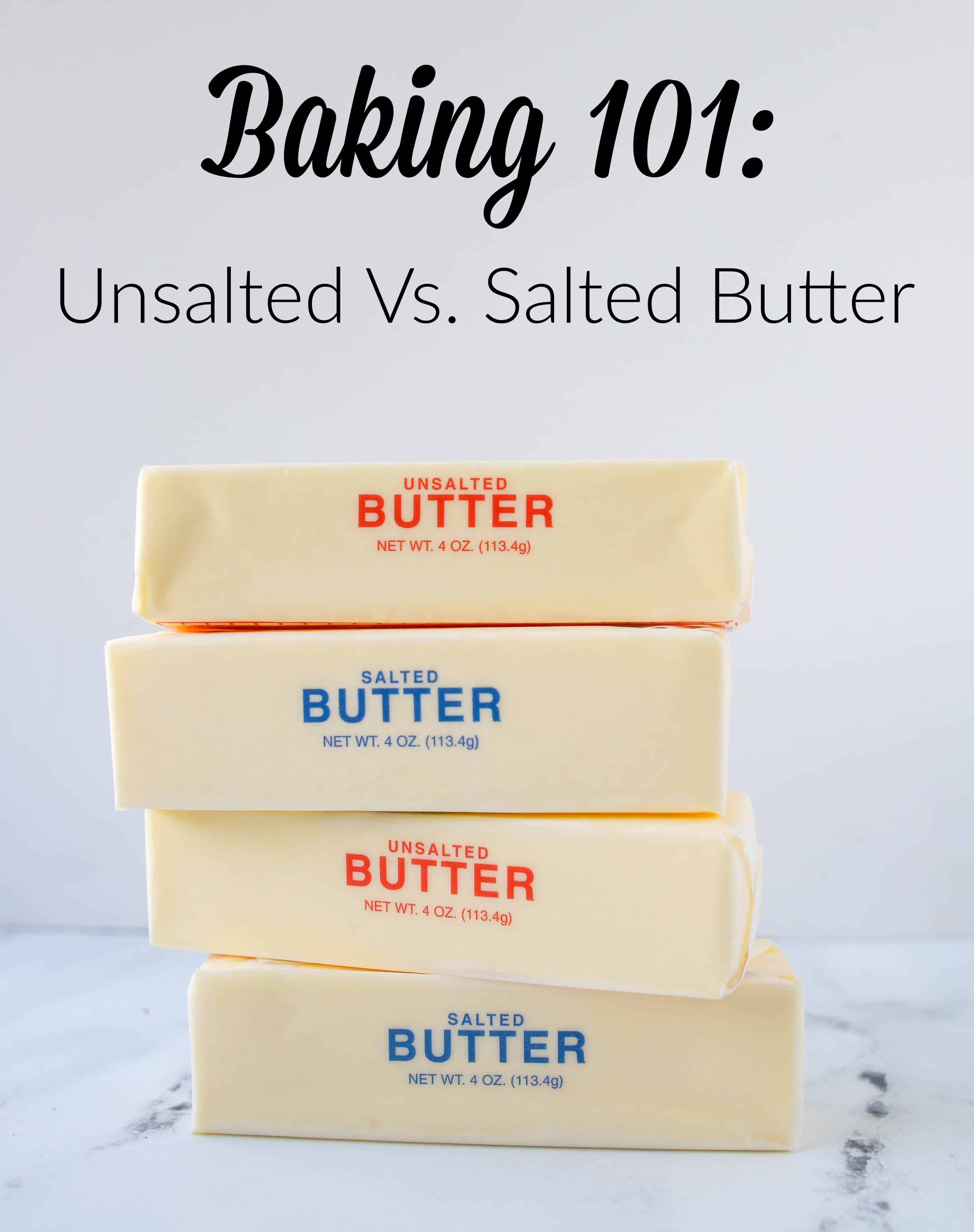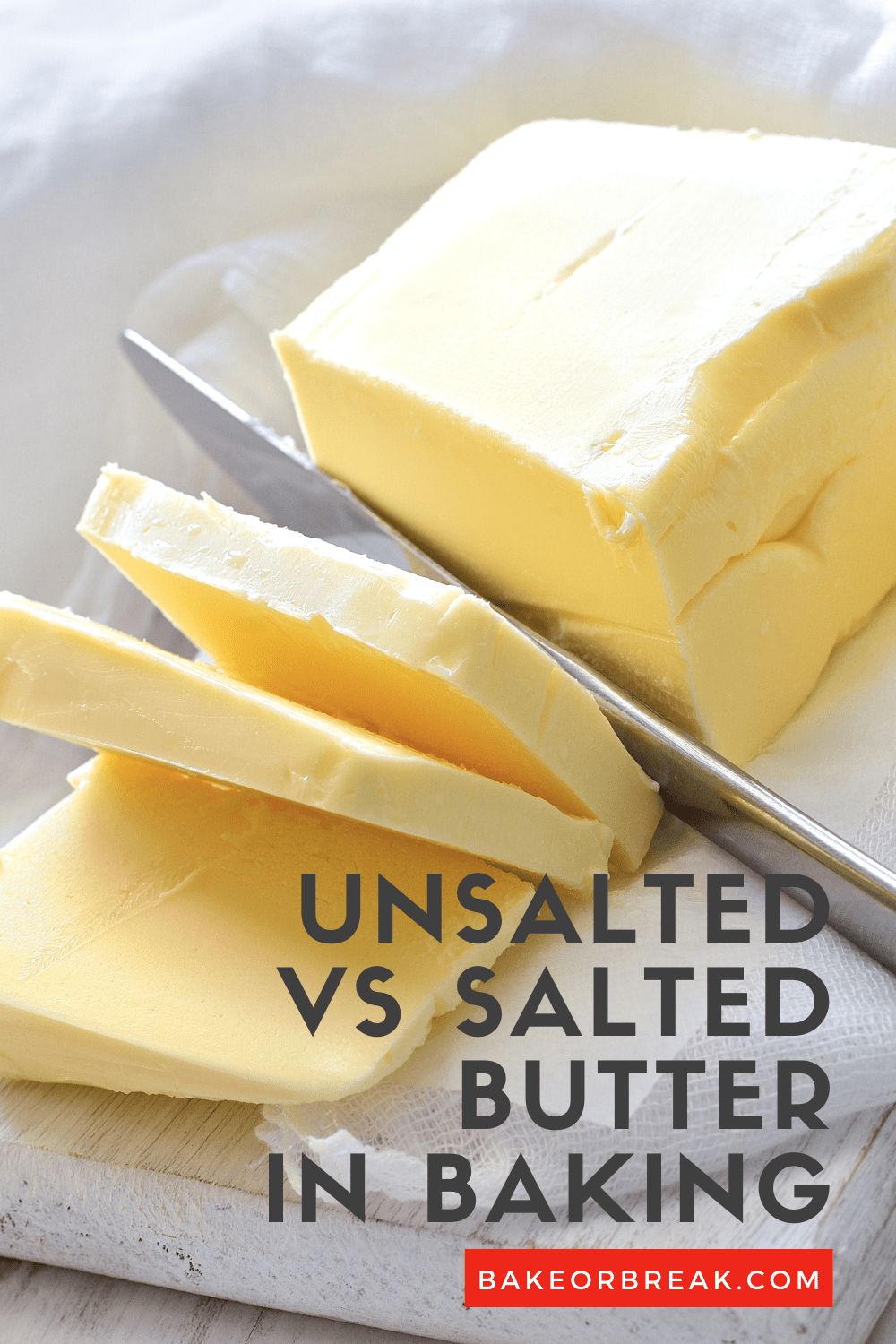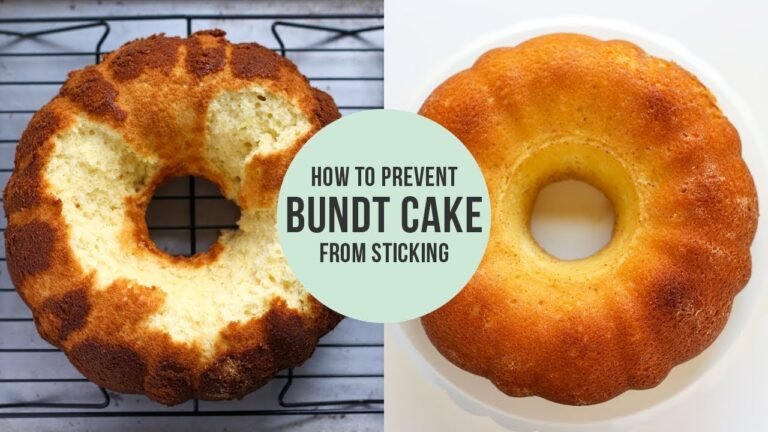Which is Better for Baking: Salted or Unsalted Butter?
Unsalted butter is generally better for baking. It allows for precise control of salt levels in recipes.
Baking is an art that relies on precision, especially in ingredient selection. Butter plays a crucial role in flavor, texture, and moisture. Unsalted butter provides the freshest taste and ensures you can adjust salt levels according to the recipe. Many professional bakers prefer it for this reason.
Salted butter, while tasty, introduces unpredictability in salt content and can vary by brand. This inconsistency might lead to overly salty baked goods. Understanding the differences helps you achieve the best results, elevating your baking to new heights. Choosing unsalted butter is a simple yet effective way to enhance your culinary creations.
Introduction To Baking With Butter
Baking with butter is a delightful experience. Butter adds flavor, texture, and moisture to baked goods. Understanding the types of butter is essential for great results. Two main types are salted and unsalted butter. Knowing the difference helps in choosing the right one for your recipes.
The Role Of Butter In Baking
Butter plays several key roles in baking:
- Flavor: Butter adds a rich and creamy taste.
- Texture: It creates a tender crumb in cakes.
- Moisture: Butter helps keep baked goods moist.
- Leavening: Creaming butter with sugar adds air, making baked goods light.
Salted Vs. Unsalted Butter: The Basics
Choosing between salted and unsalted butter is crucial.
| Type of Butter | Description | Best For |
|---|---|---|
| Salted Butter | Contains added salt for flavor. | Cooking or spreading on bread. |
| Unsalted Butter | No added salt, pure butter flavor. | Baking for precise control. |
Unsalted butter allows for better control over salt levels in recipes. Many bakers prefer it for consistency in taste.

The Science Of Butter In Baked Goods
Butter plays a crucial role in baking. It adds flavor, moisture, and texture. Understanding how butter works helps you make better baked goods. The type of butter you choose matters.
Chemical Reactions Involving Butter
Butter contains fat, water, and milk solids. These components react during baking. Here’s how:
- Fat: Provides tenderness and richness.
- Water: Creates steam, helping baked goods rise.
- Milk Solids: Contribute to browning and flavor.
When butter melts, it coats flour particles. This process helps create a tender texture. The fat also slows gluten formation, preventing toughness.
How Salt Affects Baking
Salt is a common ingredient in baking. Its effects vary between salted and unsalted butter:
| Type of Butter | Salt Content | Flavor Impact |
|---|---|---|
| Salted Butter | 1.5% to 2% salt | Enhances flavor and balances sweetness |
| Unsalted Butter | No added salt | Offers pure butter flavor |
Salt in salted butter can affect rising. It can strengthen gluten. This might lead to denser baked goods.
Many bakers prefer unsalted butter. It allows for precise control over salt levels. This choice ensures consistent flavor and texture.
Taste And Texture Considerations
Understanding the differences between salted and unsalted butter is crucial. Each type affects the flavor and texture of baked goods. Here, we explore these differences to help you choose wisely.
Flavor Profiles Of Salted And Unsalted Butter
Salted and unsalted butter have distinct flavor profiles:
| Type of Butter | Flavor Profile |
|---|---|
| Salted Butter | Rich and savory. Salt enhances the flavor. |
| Unsalted Butter | Pure and creamy. Allows other flavors to shine. |
Salted butter adds a savory note. It works well in savory dishes. Unsalted butter lets sweet flavors come forward. Baked goods taste cleaner and brighter with it.
Texture Differences In Baked Items
The choice of butter also affects texture:
- Salted Butter: Can create a firmer texture.
- Unsalted Butter: Often results in a softer, more delicate crumb.
Using salted butter may lead to denser cakes. Cookies can spread more, creating a chewier texture. Unsalted butter keeps baked goods light and fluffy.
Choose unsalted butter for:
- Cakes
- Muffins
- Cookies
Salted butter fits well in:
- Biscuits
- Pies
- Savory bread
Understanding these taste and texture differences helps you bake better.
Salted Butter Advantages
Salted butter offers many benefits in baking. It enhances flavor and adds convenience. Understanding its advantages helps you decide when to use it.
Enhanced Flavor
Salted butter adds a rich, savory taste to baked goods. This flavor enhancement elevates cookies, cakes, and pastries. Many bakers prefer it for its unique taste.
- Brings out the sweetness in desserts.
- Creates a balanced flavor profile.
- Pairs well with various ingredients.
Convenience And Shelf Life
Salted butter has a longer shelf life than unsalted butter. Salt acts as a preservative, extending freshness. This convenience makes it a staple in many kitchens.
| Type of Butter | Shelf Life | Best Uses |
|---|---|---|
| Salted Butter | 3-4 months in fridge | Baking, cooking, spreading |
| Unsalted Butter | 1-2 months in fridge | Baking, recipes requiring precise measurements |
Using salted butter saves time. No need to measure salt separately. It simplifies the baking process.
Unsalted Butter Benefits
Unsalted butter is a favorite among bakers. It offers several advantages that enhance your baking experience.
Control Over Sodium Content
Using unsalted butter gives you complete control over salt levels. This is crucial for precise flavoring in baked goods.
- Adjust salt to your preference.
- Achieve balanced flavors in recipes.
- Prevent overpowering saltiness in delicate treats.
Purity And Freshness
Unsalted butter often features better quality. It usually contains fewer additives and preservatives.
| Feature | Unsalted Butter | Salted Butter |
|---|---|---|
| Flavor Control | High | Low |
| Freshness | Higher | Lower |
| Sodium Content | None | Contains Added Salt |
Freshness enhances the taste of cookies and cakes. Unsalted butter also allows flavors to shine through.
In recipes, unsalted butter is often preferred. It provides a clean slate for your ingredients.

Baking Recipes And Butter Preferences
Baking recipes often call for butter. Choosing between salted and unsalted butter can impact your final dish. Understanding the differences helps create perfect baked goods.
Recipe-specific Butter Recommendations
Different recipes require different types of butter. Here are some common recommendations:
| Recipe Type | Recommended Butter |
|---|---|
| Cookies | Unsalted Butter |
| Cakes | Unsalted Butter |
| Brownies | Salted Butter |
| Frosting | Unsalted Butter |
| Pie Crusts | Unsalted Butter |
Adjusting Recipes For Butter Type
Switching between salted and unsalted butter may need adjustments. Here are some tips:
- Reduce added salt by 1/4 teaspoon for each stick of salted butter.
- Use unsalted butter for more control over flavor.
- Keep taste preferences in mind. Some people prefer saltier flavors.
Make small changes to find what works best for you. Baking is about experimenting and enjoying the process.
Expert Bakers’ Opinions
Understanding the choice between salted and unsalted butter is essential. Expert bakers have strong views on this topic. Their insights can guide you in making the right decision for your baking needs.
Professional Insights
Many professional bakers prefer unsalted butter. Here are some reasons:
- Control over salt levels: Bakers can adjust salt to their taste.
- Freshness: Unsalted butter has a shorter shelf life, ensuring freshness.
- Flavor clarity: It highlights other flavors in the dish.
Some chefs use salted butter. They argue it adds a unique flavor. It can enhance certain recipes, especially savory ones.
Culinary Industry Standards
The culinary industry often follows specific standards:
| Butter Type | Common Uses | Flavor Profile |
|---|---|---|
| Unsalted Butter | Baking, pastries, and delicate sauces | Pure and creamy |
| Salted Butter | Spreading, cooking, and some baking | Rich and savory |
Most baking recipes call for unsalted butter. This ensures consistency in flavor and texture.
Chefs recommend checking the recipe. Use the type of butter specified. This helps achieve the best results.
Making The Right Choice For Your Baking
Baking often requires precise measurements and ingredients. One key ingredient is butter. Choosing between salted and unsalted butter can significantly impact your results. Each type brings its own characteristics to baked goods. Understanding these differences will help you make the right choice.
Factors To Consider
- Recipe Requirements: Some recipes specifically call for unsalted butter. Always follow these guidelines for best results.
- Salt Content: Salted butter contains added salt. This can alter the flavor balance in your baked goods.
- Freshness: Unsalted butter is often fresher. Salt acts as a preservative, which may mask age.
- Consistency: Unsalted butter allows for more control over salt levels. You can add salt based on your taste preferences.
Personal Taste Vs. Recipe Integrity
Personal taste plays a big role in baking choices. Some bakers prefer the rich flavor of salted butter. Others swear by the purity of unsalted butter. Here are some points to consider:
- Flavor: Salted butter adds a savory touch. Unsalted butter offers a cleaner, creamier taste.
- Texture: Both types can yield similar textures. The difference lies in the overall flavor.
- Adjustability: Using unsalted butter allows you to control the salt. It helps maintain the intended flavor of the recipe.
| Type of Butter | Flavor Profile | Best For |
|---|---|---|
| Salted Butter | Savory and rich | Cookies, brownies, and savory pastries |
| Unsalted Butter | Creamy and pure | Cakes, frostings, and delicate pastries |
Choose based on the recipe or your personal preference. Experimentation can lead to delicious results. Understand each type’s impact on flavor and texture.

Frequently Asked Questions
Which Butter Is Best For Baking?
Unsalted butter is often recommended for baking. It allows you to control the salt content in your recipes. Many bakers prefer its pure flavor, which enhances baked goods. Salted butter can alter the taste and texture, making precise baking results harder to achieve.
Can I Use Salted Butter For Cookies?
Yes, you can use salted butter for cookies. However, adjust the added salt in the recipe accordingly. This ensures your cookies maintain the intended flavor balance. Many enjoy the slight saltiness it adds to cookies, making them taste richer.
What’s The Difference Between Salted And Unsalted Butter?
The primary difference lies in salt content. Unsalted butter contains no added salt, while salted butter has about 1. 5% salt. This affects flavor and can alter recipes. Unsalted butter provides better control over the overall taste of baked goods.
How Does Butter Impact Baking Results?
Butter affects texture, flavor, and moisture in baked goods. It contributes to tenderness and richness, enhancing the overall taste. The type of butter chosen can significantly influence the final product. Proper butter selection helps achieve desired textures in cakes and pastries.
Conclusion
Choosing between salted and unsalted butter for baking depends on your recipe and taste preferences. Unsalted butter offers more control over the saltiness of your dish. Salted butter can enhance flavor but may alter the final result. Ultimately, both have their place in the kitchen, so choose what suits your baking needs best.





